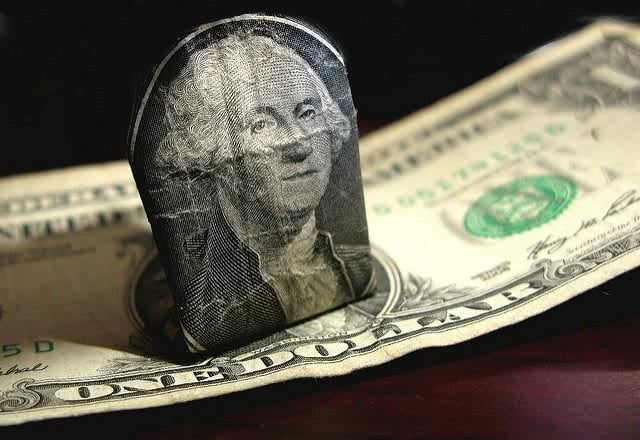On October 6, 2021, the Education Department announced several changes to the Public Service Loan Forgiveness (PSLF) program. This should come as a relief to thousands of federal student loan borrowers. The changes will help qualified borrowers get relief earlier than they had hoped. Qualified borrowers include nonprofit employees and public servants such as government workers, nurses, and teachers. These changes are only temporary. The last date for submitting waiver applications is October 31, 2022.
What Is The Public Service Loan Forgiveness Program?
The Public Service Loan Forgiveness Program (PSLF) forgives the remaining loan balance on Direct Loans if the borrower meets certain criteria. You may qualify for forgiveness if you have federal loans and are an employee of a U.S. government agency or any not-for-profit organization. In addition to working full-time for a qualified employer, you should also have made 120 qualifying monthly payments.
To qualify for forgiveness, you must meet these criteria:
- Have Direct Loans or consolidate other federal student loans into Direct Loan
- Be employed by a U.S. federal, state, or local government or a nonprofit organization
- Work full-time for that organization or agency
- Make 120 qualifying payments
- Repay your loans under an income-driven repayment plan
The Problems With The Public Service Loan Forgiveness Programs
The problem with the program is that qualifying is not as straightforward as it may appear. Borrowers find that they have to clear several hurdles to qualify for the expected forgiveness. The program itself has very strict criteria. And the requirements are easy misunderstood. Some borrowers reach out to their loan servicers for clarifications only to be further misled. Borrowers who don’t meet all the requirements don’t qualify for forgiveness. There are no exceptions.
Borrowers often find themselves disappointed after having their applications turned down. Every year, thousands of hopeful borrowers find their forgiveness applications rejected for various reasons. For some, it was because they had the wrong type of loan or repayment plan. For others it was because their employer didn’t qualify. Others worked for a qualified employer but were rejected because they only worked part time.
The changes in the Student Loan Forgiveness Program aim to make it easier for qualified borrowers to get their loans forgiven.
Highlights Of Changes To The Public Service Loan Forgiveness Program
These are some of the changes to the program:
1. All payments by student borrowers will count towards PSLF
As part of the limited PSLF waiver, all payments made on loans from the Perkins Loan Program or the Federal Family Education Loan (FFEL) would now count towards qualifying for forgiveness. The Federal Government also lifted two other restrictions. One is on the type of repayment plans and the second is the requirement that payments must be made in full and on time.
This means if you currently have Perkins loans, FFEL loans, or other non-Direct Loans, you can get the benefits of this limited waiver.
2. Active duty service members can count deferments and forbearances toward PSLF
Earlier, service members who paused payments while on active duty did not get credit toward forgiveness. This was a big setback for active services. The PSLF waiver resolves that problem for active duty services members. For a limited time, deferments and forbearances will be counted toward PSLF.
The Education Department is taking this one step further by providing military service members and federal employees with automatic credit toward PSLF. The credit will be applied automatically using federal data matches.
3. Borrowers whose applications are denied can get their applications reconsidered
This is a big one and will come as a huge relief to borrowers. Earlier, many deserving borrowers did not get forgiveness because of servicing errors or other issues. But they had no recourse to request reconsideration.
Under the new waiver, if your PSLF application is denied, you can ask for it to be reconsidered. This gives all qualified borrowers a fair chance of getting the forgiveness they deserve.
How To Benefit From The PSLF Waiver
It’s important to remember that this PSLF waiver is temporary. To get the extended benefits, you must submit a PSLF application before October 31, 2022. The waiver will not be apply to applications submitted after the date.
The application involves completing and submitting a single form. Evaluators used the information to certify your employment and assess whether you qualify for forgiveness.
You can find all the tools and information you need on the Education Department’s website. As you scroll down, the FAQ section offers answers to common questions that borrowers ask.



